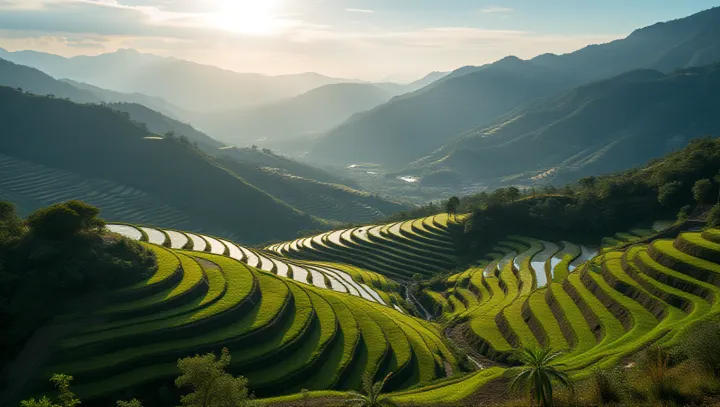Terrace Farming: Ancient Practice Alive Today

In the verdant highlands of the Andes, terrace farming remains a vital agricultural practice, sustaining rural communities by converting steep slopes into productive agricultural plots. This ancient technique, characterized by graduated steps carved into the mountainside, is designed to manage water flow and minimize soil erosion. Terrace farming is also prevalent in Southeast Asia, where rice paddies are intricately terraced across the landscape, creating a visual tapestry that is as functional as it is beautiful.
The practice allows farmers to cultivate otherwise untenable lands, optimizing arable space and enhancing food security in regions where flat land is scarce. Experts, including Dr. Emily Coughlin of the University of Agriculture, argue that terrace farming holds significant potential in modern sustainable agriculture.
'As climate change poses challenges to traditional farming methods, the resilience and efficiency of terrace farming could be crucial in maintaining food systems,' she notes, emphasizing its adaptability and environmental benefits. With global interest in sustainable practices on the rise, terrace farming's resurgence is being viewed not merely as a cultural relic, but as a practical solution in contemporary agriculture. As regions adapt to climate and environmental changes, this ancient practice is finding renewed relevance, inspiring both historical appreciation and future innovation.
